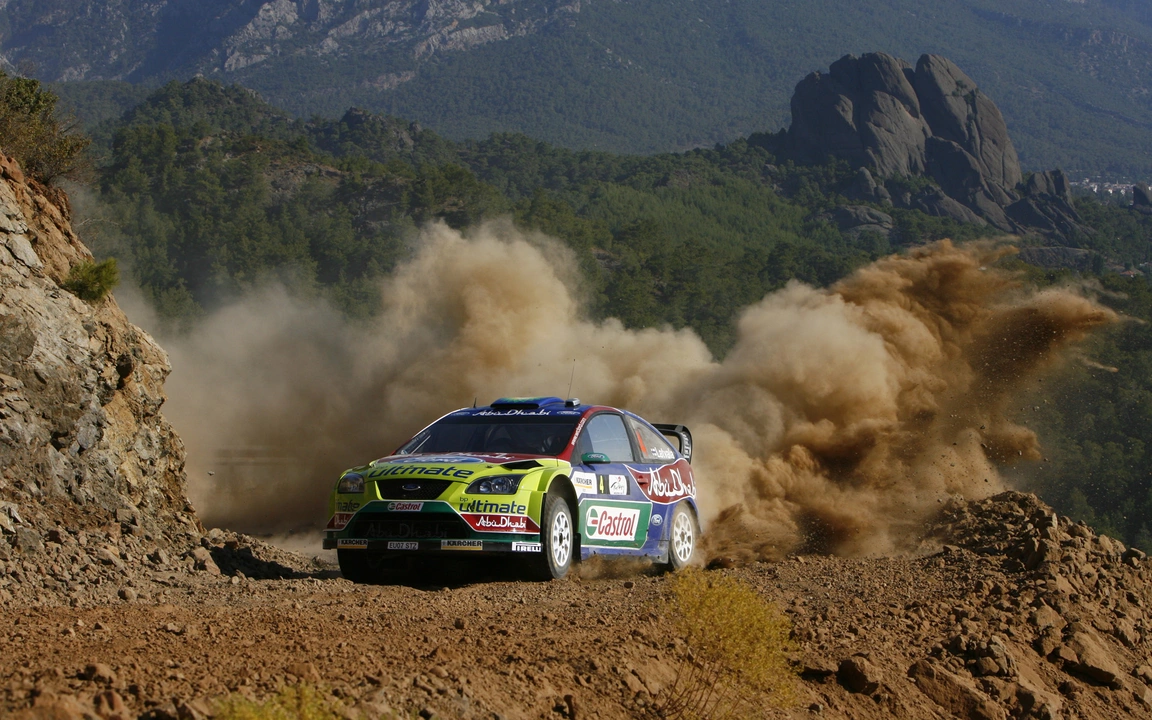Rally Driving Techniques You Need to Know
If you love the roar of a rally car and want to improve your control on mixed surfaces, you’re in the right place. Below are the core techniques that separate a fast driver from a fast survivor.
Sequential Shifting – The Quickest Way to Change Gears
Most rally cars use a sequential gearbox. Unlike a traditional H‑pattern, you push the lever forward for upshifts and pull back for downshifts. The pattern is fixed – 1‑2‑3‑4‑5‑6 – so you never miss a gear. This design saves precious milliseconds and reduces the chance of a miss‑shift when you’re sliding through a corner.
To master it, practice smooth, deliberate movements during low‑speed runs. The goal is to make each push or pull feel like a natural extension of your steering inputs.
Handbrake (Long Stick) – Making Tight Turns Work
The long stick you see in every rally video is the handbrake. Pulling it locks the rear brakes, allowing the rear wheels to slide while the front stays pointed. This is essential for tight hairpins on loose gravel or icy sections.
Timing is everything. Apply the handbrake just before the apex, then release as the car rotates. Combine it with a little throttle to keep the front wheels planted, and you’ll stitch a clean, controlled turn.
Drifting – Controlling the Slide
Drift isn’t just for show; it’s a way to keep momentum when traction is limited. To drift, shift weight to the front by braking slightly, then use throttle to spin the rear. The key is a balanced throttle bite – too much and you spin out, too little and you lose speed.
Practice on a safe, open area. Start with a shallow corner, engage the handbrake, and feather the gas as the rear slides. Over time you’ll learn the sweet spot that lets you carry speed through the whole corner.
Front‑Wheel Drive (FWD) – When It Works
Many newcomers think FWD is a bad choice for rally, but on snow or ice it can actually beat a rear‑wheel drive. The front wheels pull the car, providing better grip when the rear wants to slide.
If you run a FWD car, focus on early braking and a smooth throttle lift‑off. Avoid sudden power spikes that can spin the rear. Pair that with a well‑tuned differential and you’ll have a competitive setup for low‑traction stages.
Speed Management – Knowing When to Push
Rally isn’t a straight‑line sprint. You’ll hit 120‑130 mph on some straights, but most of the stage is about maintaining control on twists and uneven ground. Use your speedometer as a guide, but trust your feel more than the needle.
When approaching a tight section, brake a little early, let the car settle, then accelerate out of the corner. This rhythm keeps the car stable and prevents the dreaded “over‑steer” that can end a run.
These techniques form the backbone of rally driving. Try them one at a time, record your runs, and adjust based on what feels right. With consistent practice, you’ll shave seconds off every stage and enjoy the sport even more.
Why do rally cars drift around corners?
As a rally car enthusiast, I've always been fascinated by the way these cars drift around corners. From my understanding, there are a few key reasons behind this thrilling technique. Firstly, drifting allows drivers to maintain speed while navigating tight turns, thus reducing the time taken to complete the course. Additionally, the ability to control the car's weight transfer during a drift helps maintain traction, which is crucial for unpredictable terrains. Overall, drifting is not only a visually impressive skill, but also a practical and necessary driving technique for rally car racers.
Read More

